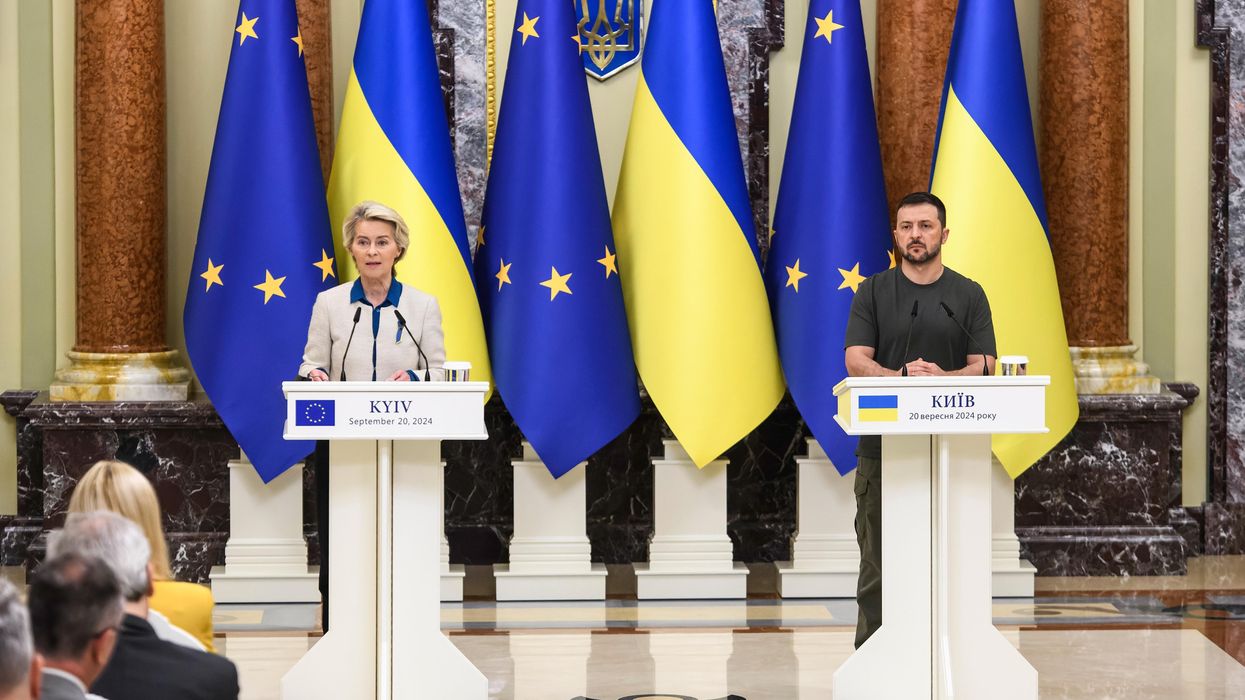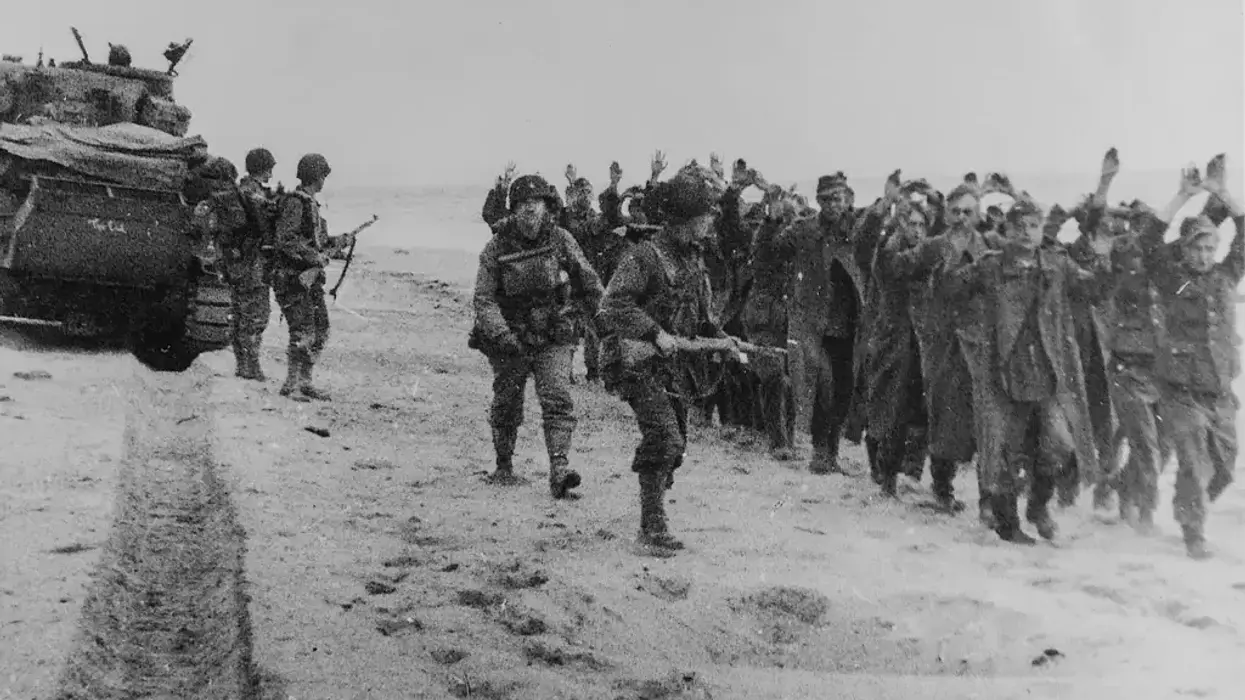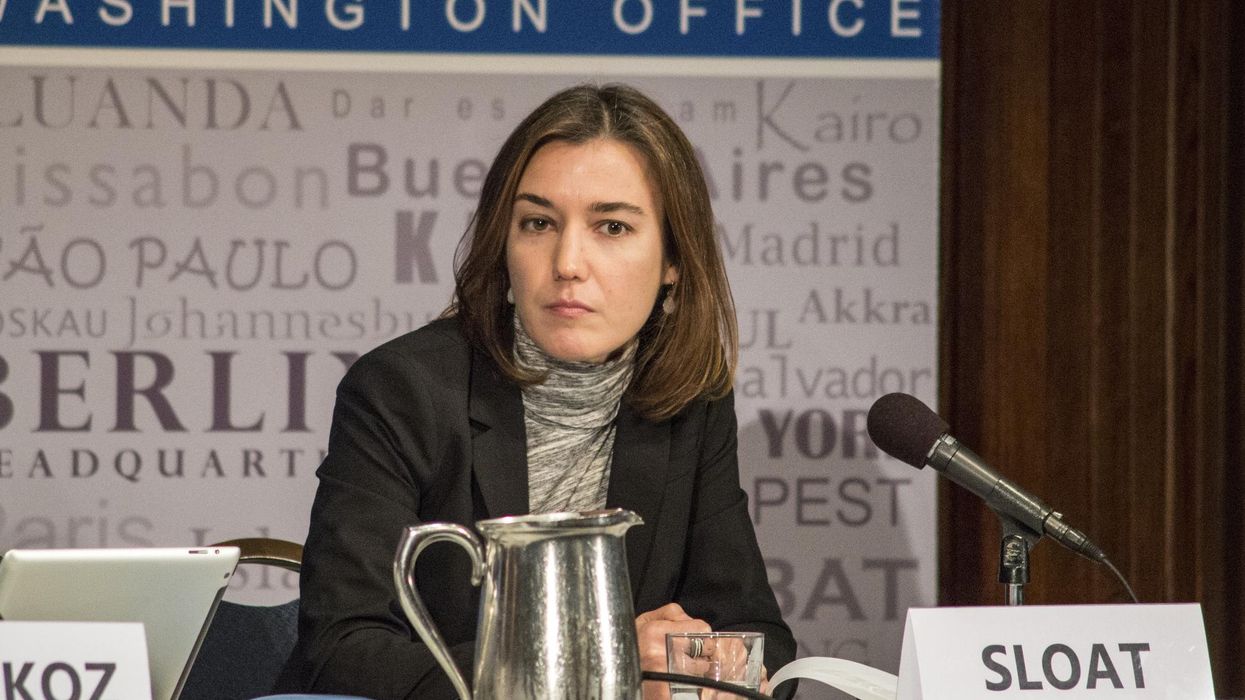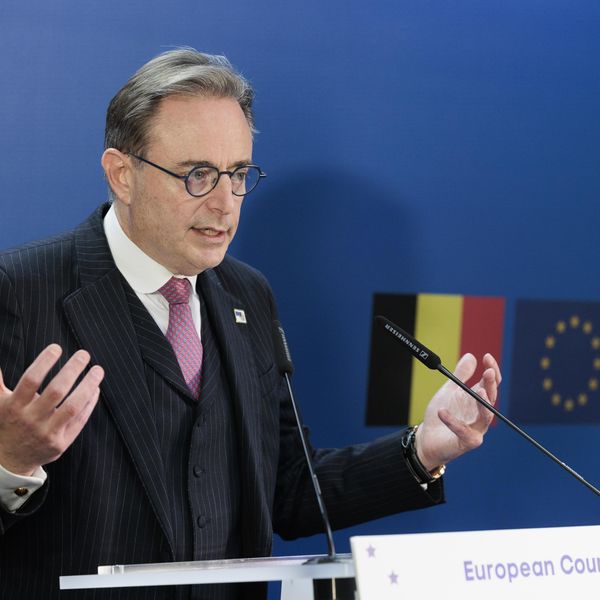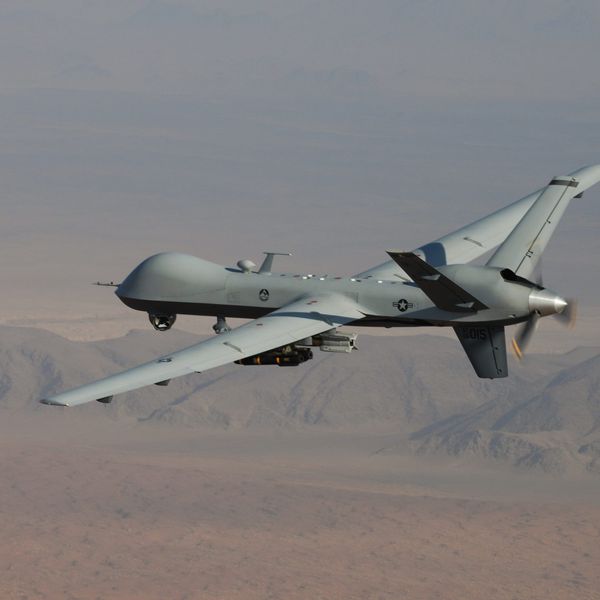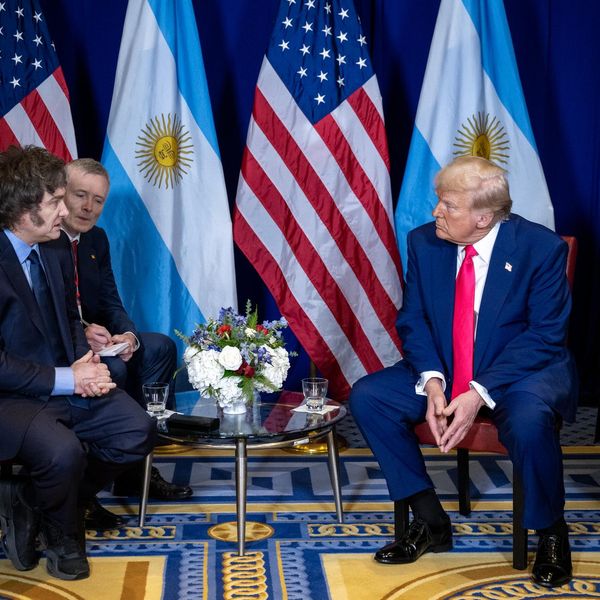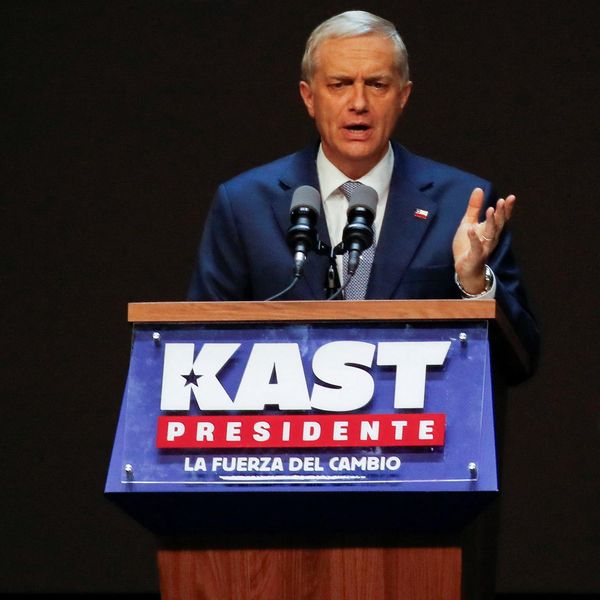Russia’s criminal aggression against Ukraine continues. Ukraine’s continuing resistance to the assault has been inspiring. Tragically, it also is intensifying the suffering of the Ukrainian people.
Although progress has been slower than Moscow likely expected, it is beefing up its attack, adding troops, intensifying airstrikes, and deploying deadlier weapons. The longer the fighting continues, the greater the likelihood of civilian casualties and a Russian occupation of Ukrainian territory. The United States and other Western nations should use both aid for Kyiv and punishment of Moscow to promote a ceasefire and negotiations.
Kyiv’s cause has united an otherwise normally divided U.S. and Europe against Moscow. Vladimir Putin’s invasion sparked precisely the anti-Russian policies that he sought to foreclose. Western states are planning increases in military outlays while Washington is sending more troops to Europe. The allies are continuing to rush arms to Ukraine and discussing support for an insurgency if Moscow’s forces occupy the country in whole or part. Washington, Brussels, and individual European governments also have agreed to a package of draconian economic sanctions on Russia.
It appears that Putin and his officials miscalculated, expecting limited military resistance and widespread popular acquiescence to an invasion. Russia also apparently hoped to minimize civilian casualties and damage by initially restricting use of heavy weapons. As a result, admittedly as seen through the continuing fog of war, Moscow’s advance appears to have been slower than expected, most importantly failing to capture major cities quickly, including Kyiv and Kharkiv.
The Ukrainian authorities have been handing out weapons and encouraging people to use Molotov cocktails. Allied states continue to arm the Ukrainian military and prepare for a civilian insurgency, assuming Russia ultimately triumphs. Americans are even offering unsolicited advice on urban warfare.
Ukraine’s stiffer than expected resistance is heartening and warrants Western support. However, it poses two dangers for the Ukrainian people. Unless it proves sufficient to defeat the Russian attack, the intensifying fight minimizes whatever small chance there might be to halt the conflict short of a full-scale Russian occupation.
Vladimir Putin is too committed to the offensive to retreat, even in the face of potentially serious setbacks. It would have been difficult enough to stand down after mobilizing so many troops to threaten Ukraine. Having launched an invasion, incurred casualties, and caused widespread death and destruction, any withdrawal would be a defeat, leaving Russia with only costs, no benefits.
Instead, he is deploying additional forces and using greater violence. And initial efforts to limit civilian harm are being sacrificed to maximize combat power. Journalist Jack Losh warned: “Russia is resorting to the same brutal playbook that caused immense levels of death and destruction in its previous military campaigns, whether carpet-bombing Chechnya in the 1990s or intensifying sieges more recently in Syria.”
Moscow’s campaign has been escalating. For instance, the London Times reported: “A massive convoy of Russian armor and support vehicles stretching for as much as 40 miles is bearing down on the capital Kyiv.” Moscow dramatically targeted the city’s main TV and radio tower, also hitting the nearby Babyn Yar Holocaust Memorial Center.
Russia used artillery and rockets against Kharkiv, Ukraine’s second most populous city and home to many Russian-speakers. The regional governor, Oleh Sinegubov, charged: “Dozens of civilians are dying. It’s happening during the day when people go to pharmacies, for food, for drinking water. This is a crime.” Russia also is deploying launchers for thermobaric rockets. Western officials recognize the inevitable consequences. One told the Financial Times: “As a consequence [of indiscriminate artillery and rocket fire] we are going to see an increase in civilian casualties.”
More death and destruction today are only the initial problem. The more costly the assault, the more Russia will be invested in the campaign. Its minimal demands are likely to rise — in World War I the ever-increasing losses caused both sides to insist on ever-increasing concessions from their opponents — and halting before victory will become impossible. That is even more likely if civilians take up arms. If Russian soldiers are killed by people who look like civilians, the former will see all civilians as potential combatants and be more likely to kill indiscriminately. Such a conflict would intensify Ukrainian resistance and enrage Moscow, making it more determined to occupy the country and oust the Zelensky government.
Of course, any occupation would almost certainly generate an insurgency. While the Ukrainian people must defend themselves, irregular combat tends to be the most bitter and brutal. Such conflicts often devolve into civil wars. And the most radical, violent factions often emerge in control. For instance, in Afghanistan the Mujahedeen took 10 years to drive out Soviet soldiers. Then they fought among themselves, leading to a Taliban victory and U.S. intervention. The long-term consequences for Ukraine could be horrific.
Given Washington’s correct decision not to act militarily, Western policy is mostly based on hope. Hope for Ukrainian victory, which would be welcome but remains unlikely given the significant military imbalance. Hope for internal regime change, despite Putin’s control over the security services, and which would be unpredictable — who would take over? And hope that economic punishment will cause Moscow to yield security and nationalistic objectives, a strategy which has failed most everywhere it has been tried. Hope is no substitute for a policy.
Washington and Brussels should create an incentive for Russia to stop before wrecking Ukraine’s major cities. If it halted its advance, accepted a ceasefire, and entered into serious negotiations, the allies would suspend weapons shipments to Kyiv, plans to back a Ukrainian insurgency, new U.S. troop deployments to Europe, and selected sanctions. Kyiv and Moscow would then be encouraged to meet and seek a negotiated solution before one becomes practically impossible.
Such an effort is worth trying to limit damage to Ukraine. Continued fighting, hostile occupation, and ongoing insurgency would have a catastrophic impact. Forestalling that result and preserving Kyiv’s independence is worth otherwise unpalatable concessions, most notably some form of neutralization.
Of even greater concern internationally, absent a negotiated modus vivendi, Russia could end up like a larger, better armed North Korea — isolated, impoverished, bitter, paranoid, oppressive, and aggressive; reliant on Chinese aid and support; and ruled by a regime whose increasing brutality greatly exceeds its declining legitimacy. Imagine North Korea’s disruptive activities, only 120-fold, reflecting their relative nuclear arsenals. The appeal of targeting Vladimir Putin and any regime he heads is strong but remains less compelling than pulling the nuclear-armed Russian state back from the brink. If the allies don’t work now to shape the likely outcome of this conflict, the next Russian crisis could be much worse.
Allied blunders contributed to the current war, but responsibility for the invasion of Ukraine and the resulting humanitarian horrors belong to Putin and his governing clique. Alas, the current damage will prove to be just a start without a ceasefire and talks. The longer the fight, the greater the harm, and the smaller the hope for a negotiated solution. The United States should continue to lead the search for a diplomatic resolution, however slim the likelihood of success might seem.


